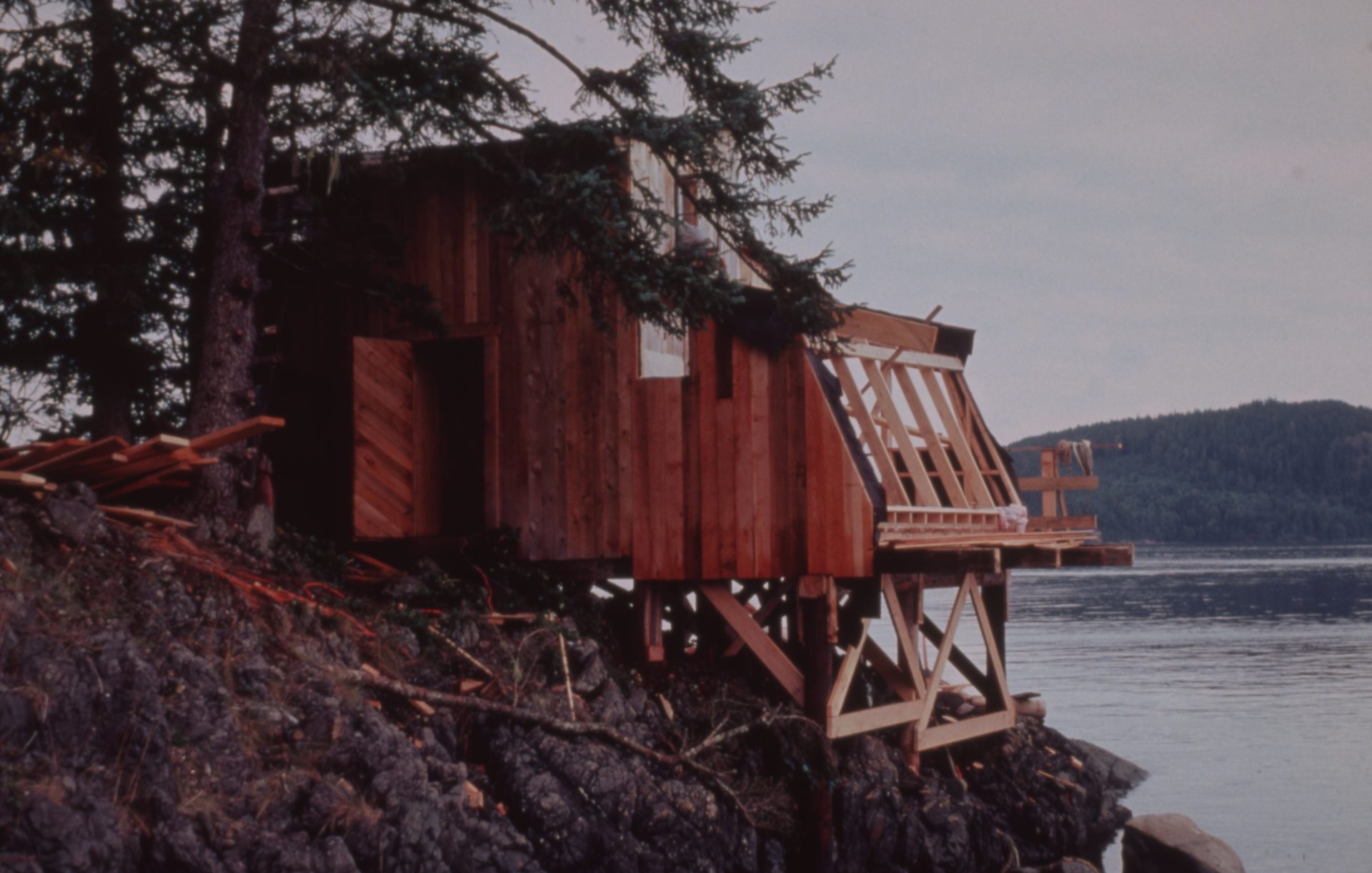
Our Story
Listening to whales since 1970
Dr. Paul Spong arrived on Hanson Island in 1970 to study wild orcas, with little more than a tent and hydrophone. What started as a summer project led to year-round monitoring and, by the late 1970s, Paul and his family were living there permanently. The lab and surrounding buildings were built out of wood and added to over the last 50 years, as the demands of research and living have increased. Every summer the lab hosts approximately 10 to 20 volunteers who contribute to the 24/7 running of the lab, as the Northern Resident Orcas chat, forage, and socialize day and night.
What we do
Our research has always focussed on listening to whales and their underwater environment. Orcas are highly acoustic beings and rely on sound to hunt, socialize, communicate and travel. Our hydrophone network allows us a window into their world 24 hours a day, and our round-the-clock efforts contribute to a fuller picture of their lives.
We have witnessed some incredible moments from other marine mammals, too. Bigg’s orcas, humpback whales, dolphins, porpoises, seals and sea lions all contribute to this marine soundscape; their lives are varied and rich.

Noise: The invisible threat
Through our decades of research, one thing has become evidently clear: Most of the time, we can no longer listen to whales and dolphins without boat noise.
The waters of the ‘Inside Passage’ between Vancouver Island and the mainland are increasingly popular for cruise ships, cargo ships and pleasure craft. It is not uncommon to have one large, slow ship audible within our range for several hours at time, as well as many smaller crafts that are on the water for fishing, travel or whale watching.
We can simply choose to turn down the volume, but the whales cannot. Noise pollution is as great a threat to cetaceans as chemical pollutants and marine debris. It’s time to listen.
Become part of our story
OrcaLab would not be where we are today without the help of countless individuals. Whether by volunteering time, providing financial support or simply sharing what we do with others: every contribution counts.





















